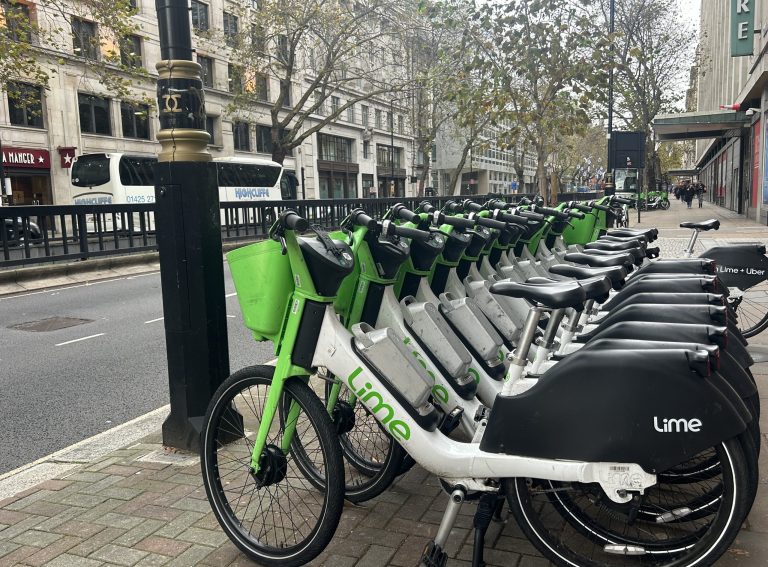Image Credit: Bailey Anselme, Unsplash
Colorado has announced it will aim to build 81% more bicycle lanes by 2035.
Equating to 3,540 miles, the bike lane target forms part of an ambitious set of active travel goals stated in Colorado’s Transportation Vision 2035 which was unveiled this week by Governor Jared Polis.
A key goal of Vision 2035 is to encourage mode shift and double Colorado’s non-auto transportation trips from 9.6% to 19.2%. This is the percentage of trips made by transit, biking, walking or wheeling.
“The goals proposed in Colorado’s Transportation Vision 2035 are ambitious and bold,” Bryn Grunwald, Senior Associate at the RMI, told Zag Daily. “Colorado has seen a huge growth in population over the last fifteen years, which has brought new attention to the issues of traffic, the emissions impacts, and the air quality concerns.”
The Rocky Mountain Institute is a Colorado-headquartered non-profit organisation that works with stakeholders to identify and scale interventions that cut greenhouse gas emissions. Last year, the organisation launched a calculator for cities to assess the environmental and economic impact of e-bikes for short trips.
“In light of the success of schemes like the City of Denver and the state’s e-bike incentive programmes, it makes sense that the state would want to capitalise on the excitement generated by these programmes and include other modes, such as transit, in the revolution.”
Bryn said that expanding Colorado’s bike infrastructure and working with the Regional Transport District on increasing transit use will help the state achieve its goals “while burnishing its reputation as a forward-thinking transportation leader.”
Vision 2035 states that Colorado will aim to achieve its mode shift goal by increasing travel choices through investment in bicycle and pedestrian infrastructure, as well as in micromobility services that act as first and last-mile connections to public transport. On top of the 3,540 miles of new bike lanes, Colorado plans to create 1,345 new miles of sidewalk by 2035 – a 3.4% increase from today.
The state will also expand its transit services from the current 79 million miles to 145 million, and implement policies that encourage compact land use to reduce the number and distance of vehicle trips. Vision 2035 says that 52% of new housing will be built in transit-oriented areas.
Bryn highlighted that the new Transportation Vision dovetails well with Colorado’s Greenhouse Gas Standard for Transportation Planning, adopted by the Colorado Transportation Commission in 2021. This standard requires future transportation projects, like highways, to reduce their greenhouse gas emissions by specified amounts.






